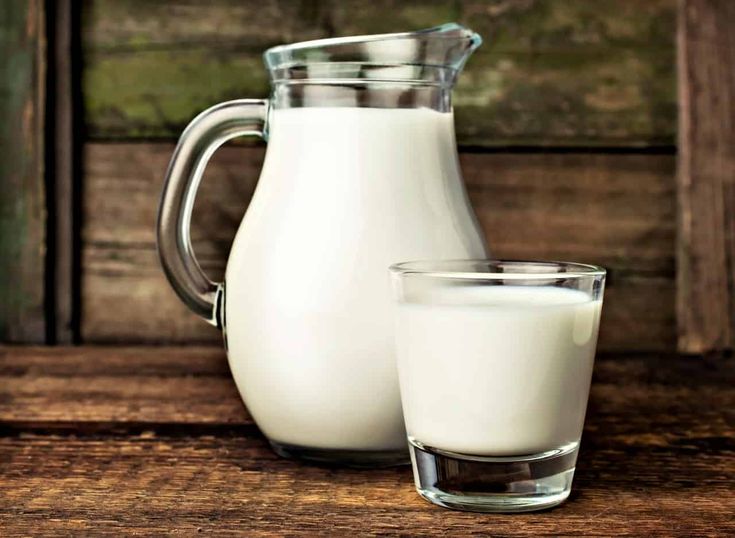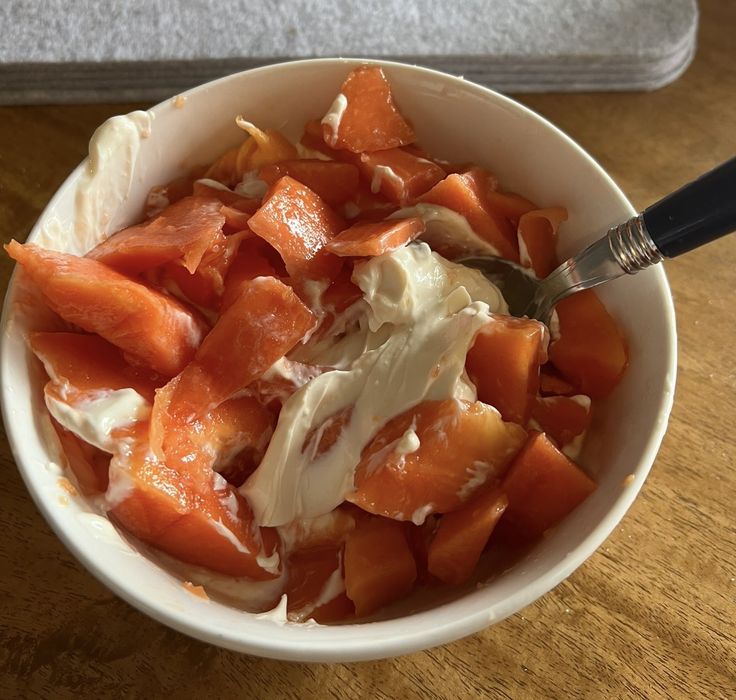Raw milk has become a popular topic among health enthusiasts and dairy lovers alike. This guide dives deep into the essential information about raw milk, helping you understand its benefits, risks, and practical considerations. Whether you’re curious about making the switch or simply want to stay informed, read on to discover all you need to know about this unprocessed dairy product.
What Is Raw Milk?
Raw milk is milk that comes directly from cows, goats, or other animals without undergoing pasteurization. Pasteurization is a heat-treatment process designed to kill harmful bacteria and extend shelf life. By skipping this step, raw milk retains its natural enzymes, vitamins, and minerals, which proponents claim make it a healthier choice.
Unlike conventional milk, raw milk is celebrated for its creamy texture and rich flavor. Many believe that it offers a more authentic dairy experience compared to its pasteurized counterpart. However, because it is unprocessed, raw milk can also contain harmful bacteria like Salmonella, E. coli, and Listeria, which can pose serious health risks if consumed.
Nutritional Benefits of Raw Milk

Supporters of raw milk often highlight its potential nutritional advantages. Since it’s not subjected to high heat, raw milk preserves delicate enzymes and beneficial bacteria, such as probiotics. These probiotics may promote gut health and improve digestion, making raw milk a popular choice among individuals with lactose intolerance.
Raw milk is also a rich source of essential nutrients, including calcium, magnesium, and vitamins A, D, and K2. Advocates argue that these nutrients are more bioavailable in raw milk, meaning the body can absorb and use them more effectively. Additionally, raw milk’s higher fat content contributes to its creamy taste and may offer certain health benefits, such as supporting brain function and hormonal balance.
Risks Associated With Raw Milk
While raw milk has its fans, it’s not without risks. Because it isn’t pasteurized, raw milk can harbor dangerous bacteria that may lead to foodborne illnesses. These risks are particularly concerning for vulnerable groups, including pregnant women, young children, the elderly, and individuals with weakened immune systems.
Outbreaks of illnesses linked to raw milk consumption have been documented, underscoring the importance of sourcing raw milk from reputable farms that prioritize hygiene and animal health. Even then, it’s crucial to weigh the risks and benefits before incorporating raw milk into your diet.
Legal Status of Raw Milk
The legality of raw milk varies widely depending on where you live. In some regions, raw milk sales are strictly regulated or even banned, while in others, it is readily available at local farms, farmers’ markets, or specialty stores. These laws often aim to balance consumer choice with public health concerns.
If you’re considering buying raw milk, it’s important to familiarize yourself with local regulations and ensure you’re purchasing from a trusted source. Many raw milk advocates argue for greater accessibility and transparency to allow consumers to make informed decisions.
How to Safely Handle Raw Milk
If you decide to try raw milk, proper handling is essential to minimize risks. Always store raw milk in the refrigerator at or below 40°F (4°C) and consume it within a week for optimal freshness. Use clean utensils and containers to prevent contamination, and never leave raw milk out at room temperature for extended periods.
Additionally, some people choose to boil raw milk before consuming it to reduce bacterial risks while retaining some of its nutritional benefits. While this approach isn’t foolproof, it can be a compromise for those who want to enjoy raw milk with added safety measures.
Cooking and Baking With Raw Milk

Raw milk’s creamy texture and rich flavor make it a versatile ingredient in the kitchen. It can be used in a variety of recipes, from homemade yogurt and cheese to baked goods and soups. When heated, raw milk behaves much like pasteurized milk, so you can substitute it in most recipes without issue.
Many home chefs appreciate the depth of flavor that raw milk brings to their dishes. Its higher fat content can enhance the texture and taste of recipes, making it a favorite among culinary enthusiasts.
Alternatives to Raw Milk
If raw milk isn’t an option for you due to health concerns or legal restrictions, there are plenty of alternatives to explore. Pasteurized milk, organic milk, and plant-based options like almond, soy, and oat milk offer a range of nutritional profiles and flavors.
For those seeking the benefits of probiotics, fermented dairy products such as kefir and yogurt are excellent choices. These products often retain live cultures that support gut health while being safer and more widely available than raw milk.
Raw milk is a divisive topic with passionate advocates and cautious critics. While it offers potential nutritional benefits and a unique flavor profile, the risks associated with consuming unpasteurized milk cannot be overlooked. By understanding the pros and cons, as well as following best practices for handling and sourcing, you can make an informed decision about whether raw milk is right for you.
Whether you choose raw milk or stick with pasteurized options, the key is to prioritize safety and quality. With the right approach, you can enjoy the rich world of dairy while supporting your health and well-being.



